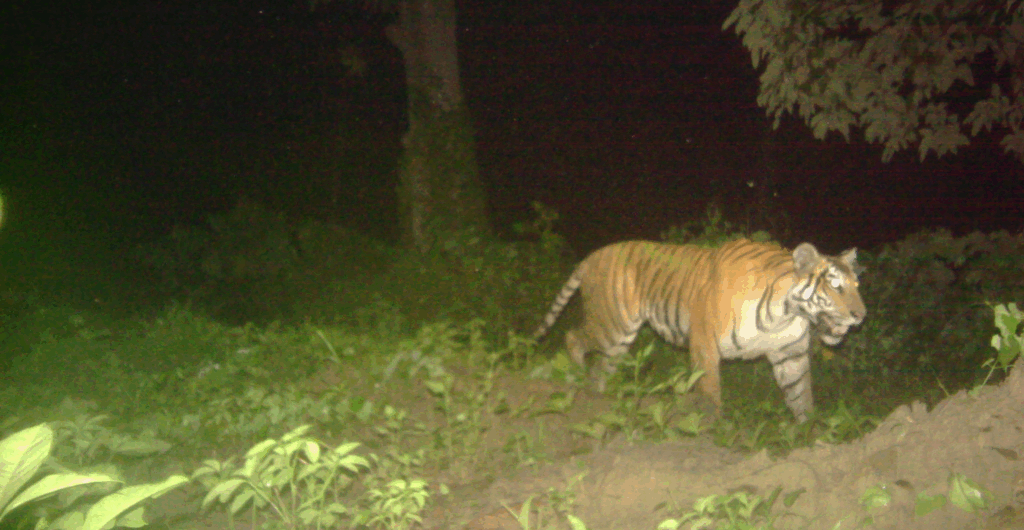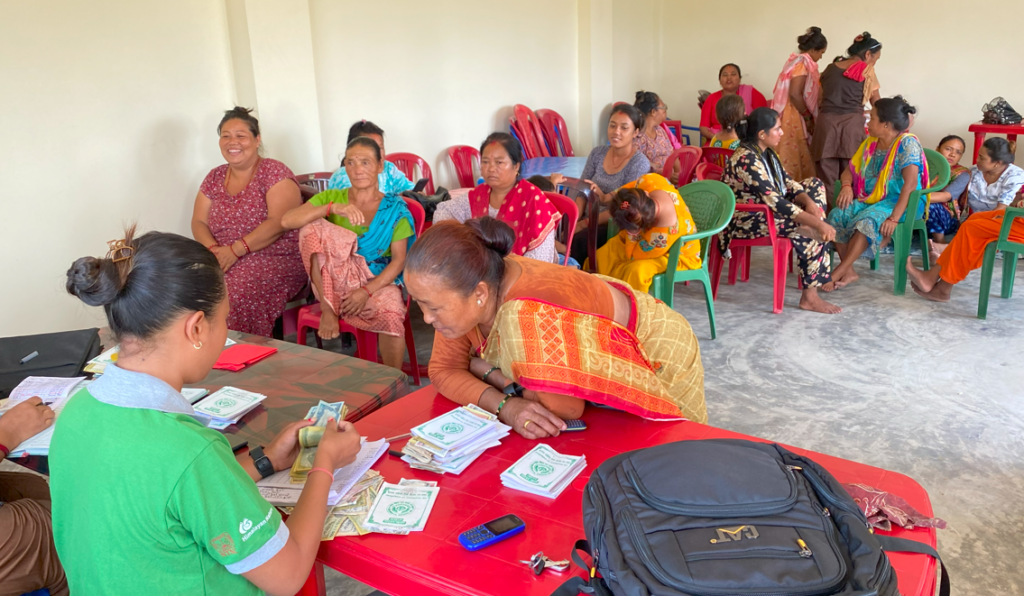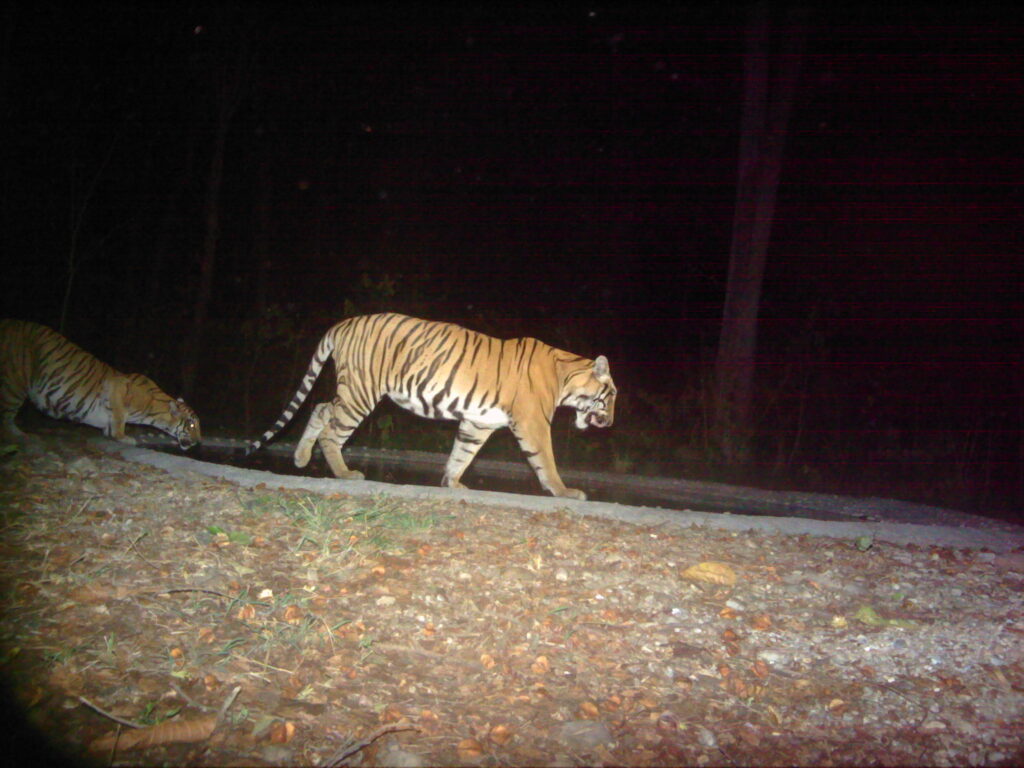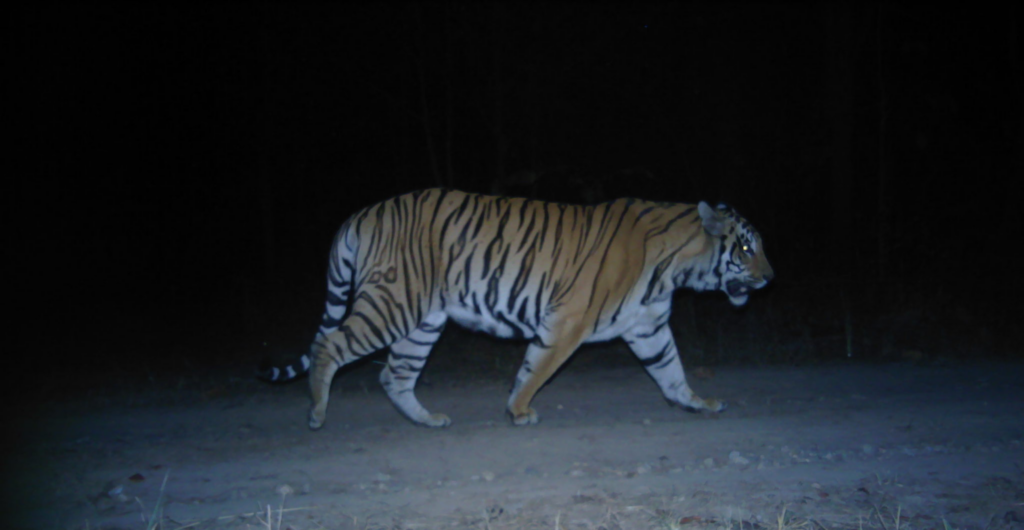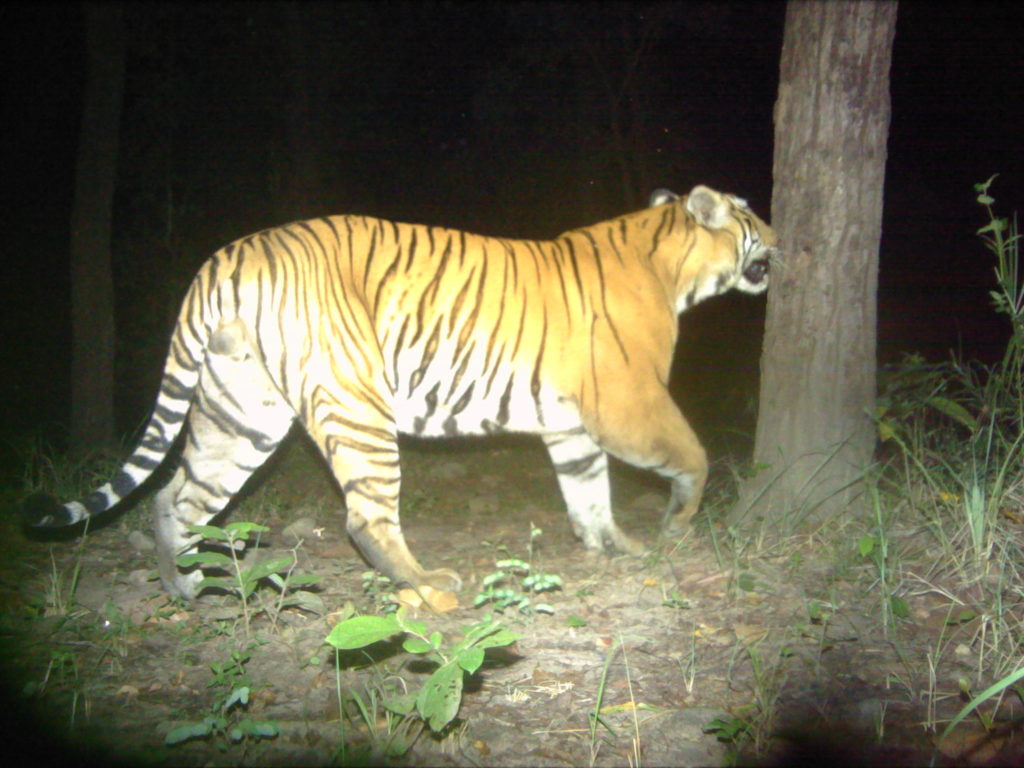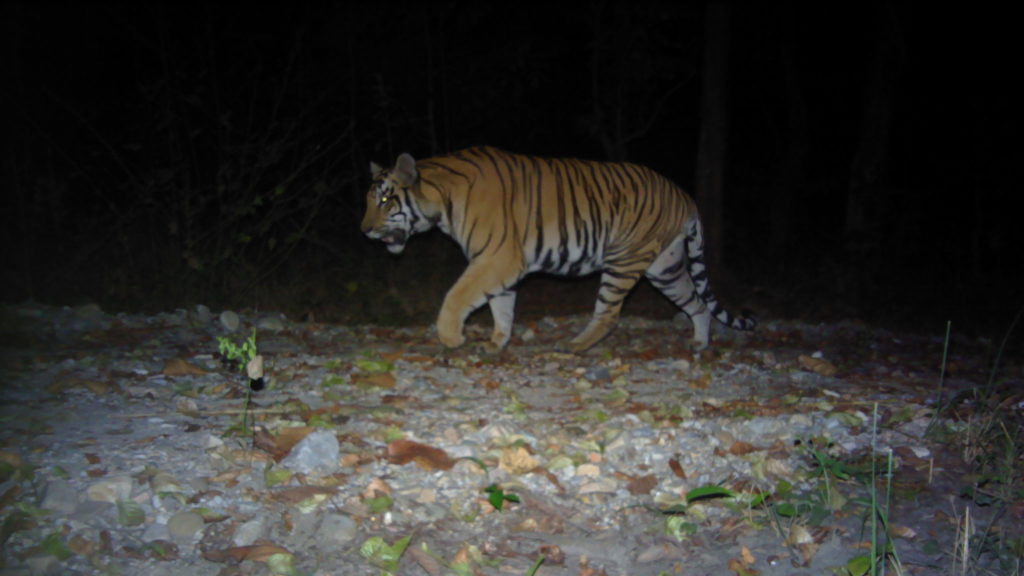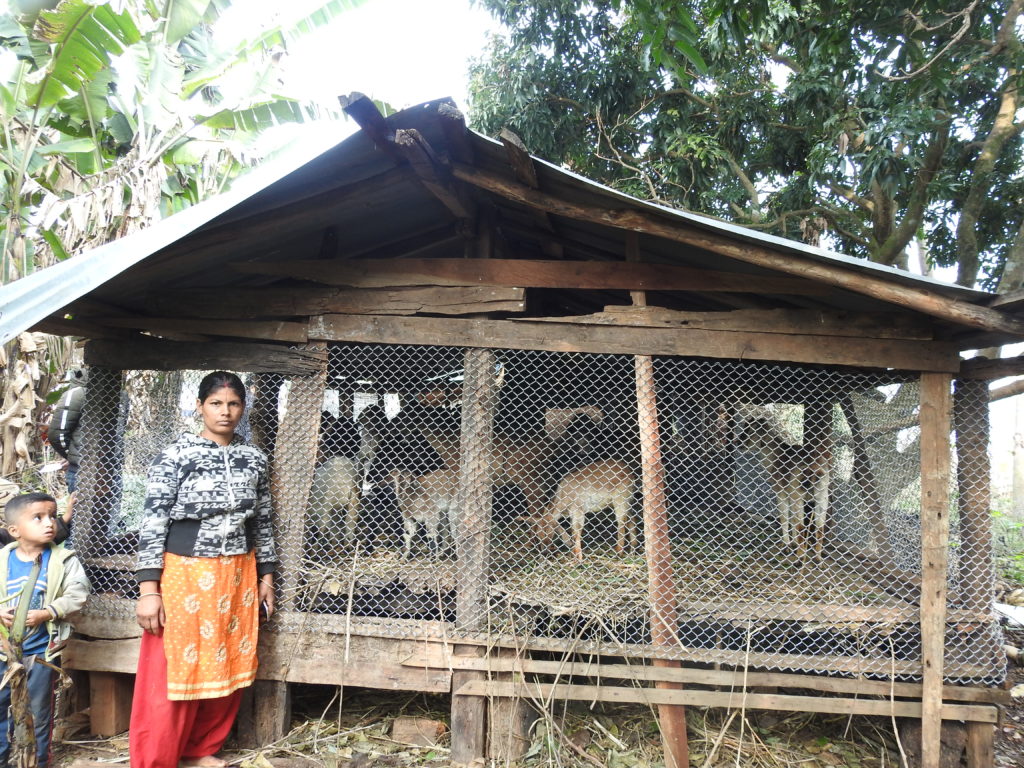Project name: Parsa National Park – Promoting human-tiger coexistence to secure the future of Bengal tigers
Background: This project is a continuation of previous projects funded by WildCats Conservation Alliance based in and around Parsa National Park (PNP). Bengal tiger population growth in PNP has contributed to the 30% increase in Nepal’s tiger population in the last four years. ZSL has been working to secure Parsa’s tiger population as a future source population by supporting the implementation of evidence-based conservation measures. Proper management of connectivity and corridors to benefit both humans and tigers is essential to promote human-tiger co-existence.
PNP is one of the vital landscapes to support the increasing number of Bengal tigers in Nepal. Records show seven tiger cubs born in the core area since 2019 and four new individual tigers in the eastern landscape beyond PNP in 2021. This indicates a growing tiger population in Parsa and the surrounding habitats. Tiger dispersal is increasing towards the northern buffer zone of PNP and surrounding Churia forests. These little-known habitats could provide vital connectivity between Chitwan and PNP and to the northern part of the Terai Arc Landscape (TAL).
This project will support PNP to expand regular tiger monitoring and aid in maintaining human-tiger coexistence through awareness campaigns and a reduction in ever-rising conflict through appropriate mitigation measures. These measures will include assisting in the building of 30 predator-proof corrals for the most vulnerable families, local workshops for staff and communities and updated information boards on conflict mitigation in the local visitors centre.
As a result, this project will help the PNP authorities to provide crucial information for appropriate species-specific conservation planning, contributing to Nepal’s tiger conservation strategies and to Nepal’s National Tiger Recovery Plan (NTRP) which calls for the doubling of Bengal tiger numbers by 2022 (121 to 250, based on 2009 figures).
